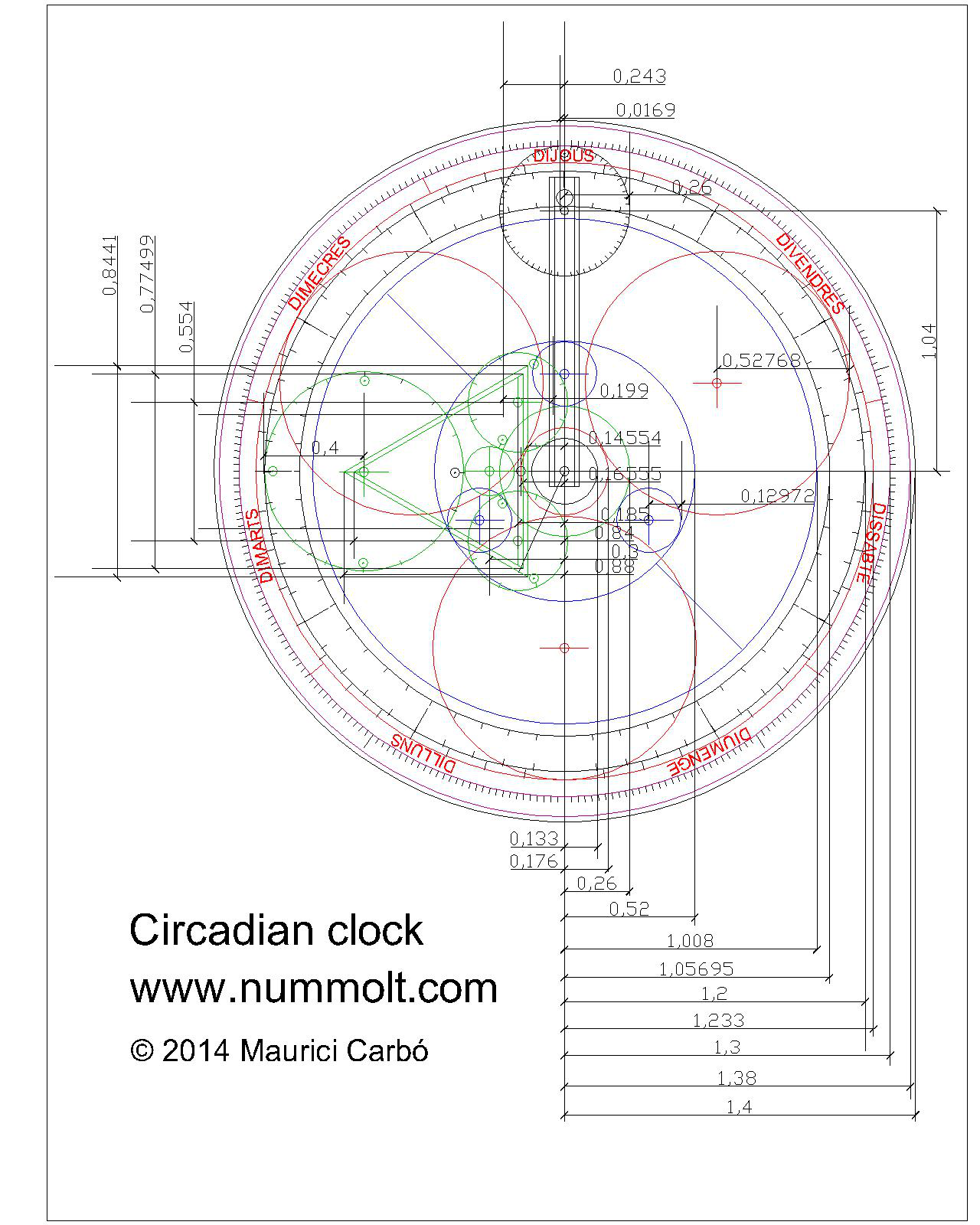New Android app: Adding Unit Fractions +
4/5
The app proposes 21 challenges to overcome.
Obtaining the proper fractions listed at the top of the application, adding two or three unit fractions.
Each proposed proper faction has a variable number of solutions.And different levels of difficulty
You can not repeat unit fractions with the same value.
In the app you'll find a button to delete all the solutions found in the current problem, and to start from scratch.
The littlest unit fraction used in this app is 1/28.
The program is designed to show the usefulness of the subtraction of fractions in solving such problems.
Some hints:
In the Rhindt Mathematical Papyrus (RMP) in 1650 BC the scribe Ahmes
copied the now-lost test from the reign of the king Amenemamhat III .
The first part of the papyrus is taken up by the 2/n table.
The fractions 2/n for odd n ranging from 3 to 101 are expressed as sums of unit fractions.
In this app you can build some of the Ahmes decompositions ( 2/3 , 2/5,2/7, 2/9 ) and the discarded ones by him also.
The app allow to decompose also: 3/4, 3/5, 4/5, 5/6, 3/7, 4/7, 5/7, 6/7, 3/8, 5/8, 7/8, 4/9, 5/9, 7/9, 8/9, 3/10, 7/10, 9/10.
You can use the knowledge acquired solving the 2/X decompositions to solve the rest of the problems
.....
At first glance we can try the most elementary mechanisms: Subtraction of an essay:
2/3:
2/3 - 1/2 = 4/6 – 3/6 = 1/6; 2/3 = 1/2 + 1/6.
2/3 - 1/4 = 8/12 - 3/12 = 5/12; 2/3 = 1/4 + 5/12 = 1/4 + 4/12 + 1/12 = 1/4 + 1/3 + 1/12.
2/5 – 1/3 = 6/15 – 5/15 = 1/15; 2/5 = 1/3 + 1/15.
2/5 – 1/4 = 8/20 – 5/20 = 3/20; 2/5 = 1/4 + 3/20 = 1/4 + 2/20 + 1/20 = 1/4 + 1/10 + 1/20.
2/7:
2/7 – 1/4 = 8/28 – 7/28 = 1/28; 2/7 = 1/4 + 1/28.
2/7 – 1/6 = 12/42 – 7/42 = 5/42; 2/7 = 1/6 + 5/42 = 1/6 + 3/42 + 2/42 = 1/6 + 1/14 + 1/21
2/9:
2/9 – 1/6 = 4/18 – 3/18 = 1/18; 2/9 = 1/6 + 1/18.
To solve the basic problems of the 2/n table, Milo Gardner in the Wolfram's Math World suggests this basic rule first published in 2002:
2/(p*q) = (2/A)*(A/(p*q)) where A=(p+1)
Rule applied:
2/(3*1) = (2/(3+1))((3+1)/(3*1))= (1/2)*((3/3)+(1/3))=(3/6)+(1/6) = 1/2+1/6.
2/(5*1) = (2/(5+1))((5+1)/(5*1))= (1/3)*((5/5)+(1/5))=(5/15)+(1/15) = 1/3+1/15.
2/(7*1) = (2/(7+1))((7+1)/(7*1))= (1/4)*((7/7)+(1/7))=(7/28)+(1/28) = 1/4+1/28.
2/(9*1) = (2/(9+1))((9+1)/(9*1))= (1/5)*((9/9)+(1/9))=(9/45)+(1/45) = 1/5+1/45
2/(3*3) = (2/(3+1))((3+1)/(3*3))= (1/2)*((3/9)+(1/9))=(3/18)+(1/18) = 1/6+1/18
From the basic 2/n table, we can afford easily the solution of the other problems:
3/4 = 2/4 + 1/4 = 1/2 + 1/6 + 1/4
3/5 = 2/5 + 1/5 = 1/3 + 1/15 + 1/5.
4/5 = 2/5 + 2/5 = 2/3 + 2/15 = 1/2 + 1/6 + 2/15 = 1/2 + 5/30 + 4/30 = 1/2 + 6/30 + 3/30 = 1/2 + 1/5 + 1/10.
5/6 = 4/6 + 1/6 = 2/3 + 1/6 = 1/2 + 1/6 + 1/6 = 1/2 + 1/3.
3/7 = 2/7 + 1/7 = 1/4 + 1/28 + 1/7.
4/7 = 2/7 + 2/7 = 2/4 + 2/28 = 1/2 + 1/14.
….........







